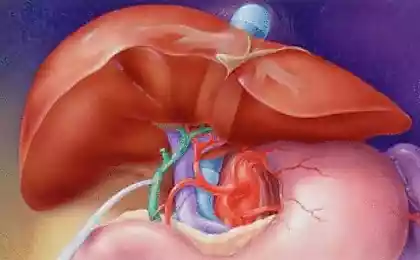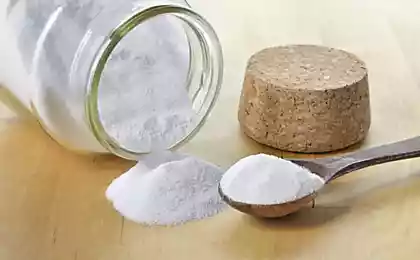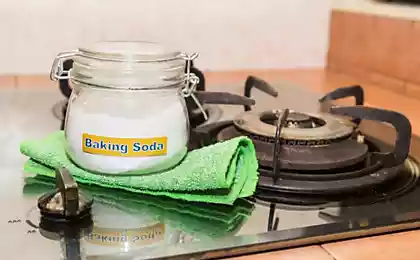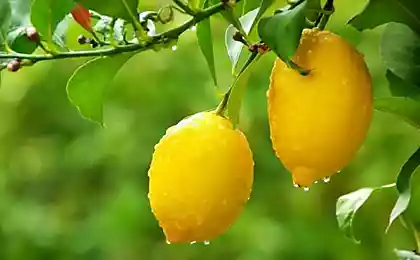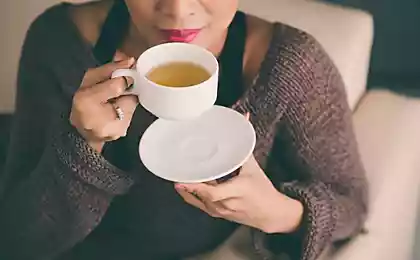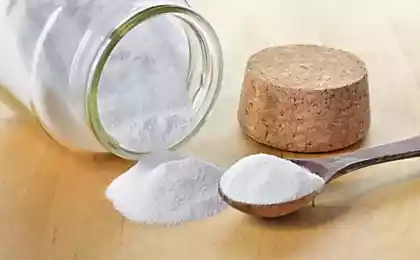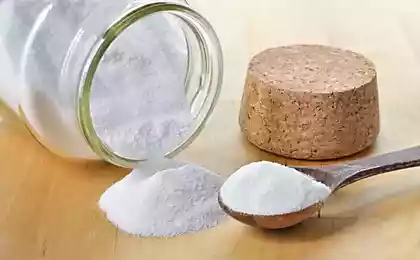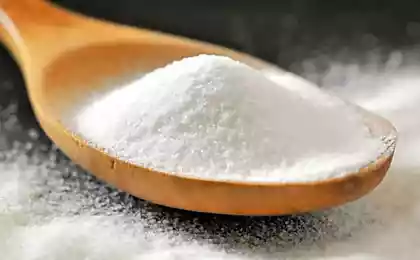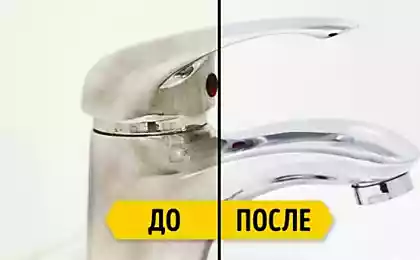200
The cutting boards stinked, even the lockers smelled, I don't know how to be.
Cutting boards for the kitchen are made of wood, plastic, there are also glass and stone boards. Which ones are best for your home? If you follow the sanitary and hygienic standards, then each hostess in the kitchen should have at least 12 boards for each group of products. But even restaurants cannot boast of this number. Therefore, you need to have at least 4 boards: for meat, for fish, for vegetables and bread.

On the one hand, wood boards are considered the least hygienic, since microcracks appear when cutting from a knife, in which bacteria and mold accumulate. Such boards should be immediately wiped dry, fish and raw meat should not be cut on them. On the other hand, unlike boards made of other materials, wooden boards can be upgraded. With sandpaper, the top layer of the tree is removed, then the board is treated with oil to protect against moisture. It is best to choose boards from oak, acacia, beech and bamboo.
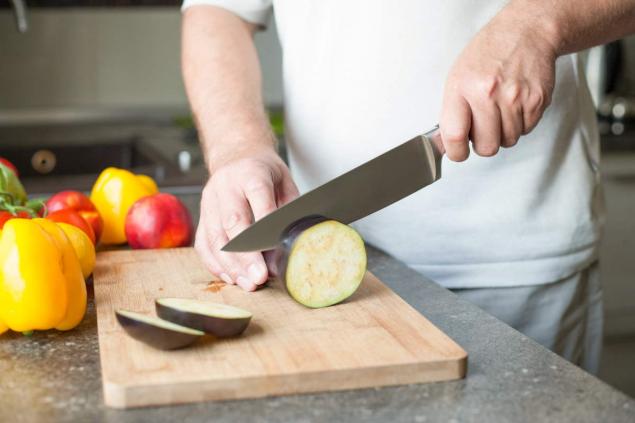
Glass boards are good because they are waterproof and hygienic, they do not absorb unpleasant odors and they can be washed both manually and in a dishwasher. But the knives on these boards quickly become dull.
Plastic boards are unpretentious and easy to care for, although they absorb the most unpleasant smells. On the plastic, too, scratches appear with time. And with food, microplastics enter the plate.
217489
Stone boards are the most durable, knives do not dull about them. Also, these boards do not absorb foreign smells and are easy to wash. The disadvantage of stone boards is the high cost and heavy weight. Although weight has advantages: the board does not slide on the surface while cutting products.

Over time, the boards must be disinfected so that there is no unpleasant smell. Especially when boards are stored in a locker, they begin to acquire a specific smell that is difficult to get rid of. As a rule, these boards are made of plastic, which everyone considers hygienic and practical. Under no circumstances should cutting boards be washed with chlorine-containing agents.

Soda. A tool that is always in the kitchen. Soda is a weak disinfectant. It does not damage the surface of the board, relieves the unpleasant smell. Oxygen bleach is sometimes used to disinfect boards. This is a soda-based bleach, they can clean, wash and wash kitchen surfaces, towels. You will need to dilute the soda powder and apply the gruel on the boards. Then rub the surface and wash the board with running water.
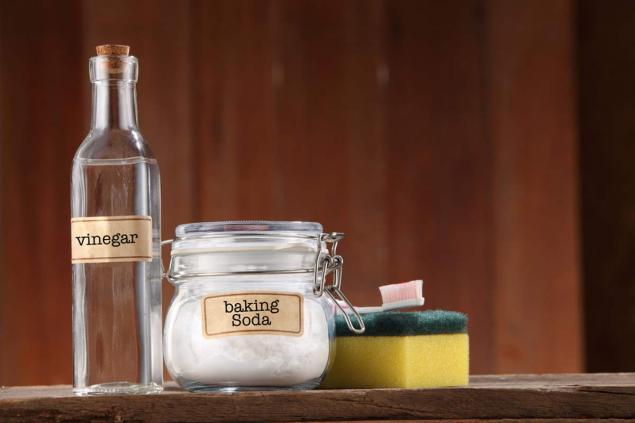
vinegar will get rid of the unpleasant smell, but for some time the smell of vinegar will weather. Therefore, after washing the boards, they should be put in a well-ventilated place. Vinegar also removes stains well. It can be used in pure form or diluted in half with water. Such a tool should be processed boards after each use.

Citric acid removes the unpleasant smell of onions and garlic, fish and raw meat, which are not easy to get rid of. To clean, you need to sprinkle salt on the board and rub the board with 1 half of lemon. If there is no lemon, you can use citric acid in the granules. Sprinkle the granules on the board and moisten with water, then rub the board with a washcloth and thoroughly wash the board under running water.

Household soap. You can wash dishes, boards and products. It is safe for health and well rids objects of foreign smells and bacteria. It is enough just to replace them with detergents for dishes. Boards should be washed with household soap after each use.
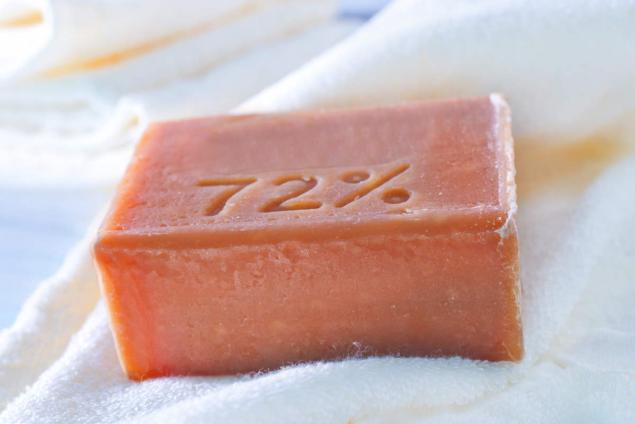
If you find an unpleasant smell from the board, you can get rid of it with the help of raw potatoes. Grate the potatoes and put the gruel on the board. Wash the gruel with water in 15 minutes. Potato starch will remove the unpleasant smell. Instead of potatoes, you can use a grated apple.

What cutting boards do you use? I like to use wood, even though they need constant care. But how cool they look after polishing sandpaper with butter, like new! Can you replace them with plastic?

On the one hand, wood boards are considered the least hygienic, since microcracks appear when cutting from a knife, in which bacteria and mold accumulate. Such boards should be immediately wiped dry, fish and raw meat should not be cut on them. On the other hand, unlike boards made of other materials, wooden boards can be upgraded. With sandpaper, the top layer of the tree is removed, then the board is treated with oil to protect against moisture. It is best to choose boards from oak, acacia, beech and bamboo.

Glass boards are good because they are waterproof and hygienic, they do not absorb unpleasant odors and they can be washed both manually and in a dishwasher. But the knives on these boards quickly become dull.
Plastic boards are unpretentious and easy to care for, although they absorb the most unpleasant smells. On the plastic, too, scratches appear with time. And with food, microplastics enter the plate.
217489
Stone boards are the most durable, knives do not dull about them. Also, these boards do not absorb foreign smells and are easy to wash. The disadvantage of stone boards is the high cost and heavy weight. Although weight has advantages: the board does not slide on the surface while cutting products.

Over time, the boards must be disinfected so that there is no unpleasant smell. Especially when boards are stored in a locker, they begin to acquire a specific smell that is difficult to get rid of. As a rule, these boards are made of plastic, which everyone considers hygienic and practical. Under no circumstances should cutting boards be washed with chlorine-containing agents.

Soda. A tool that is always in the kitchen. Soda is a weak disinfectant. It does not damage the surface of the board, relieves the unpleasant smell. Oxygen bleach is sometimes used to disinfect boards. This is a soda-based bleach, they can clean, wash and wash kitchen surfaces, towels. You will need to dilute the soda powder and apply the gruel on the boards. Then rub the surface and wash the board with running water.

vinegar will get rid of the unpleasant smell, but for some time the smell of vinegar will weather. Therefore, after washing the boards, they should be put in a well-ventilated place. Vinegar also removes stains well. It can be used in pure form or diluted in half with water. Such a tool should be processed boards after each use.

Citric acid removes the unpleasant smell of onions and garlic, fish and raw meat, which are not easy to get rid of. To clean, you need to sprinkle salt on the board and rub the board with 1 half of lemon. If there is no lemon, you can use citric acid in the granules. Sprinkle the granules on the board and moisten with water, then rub the board with a washcloth and thoroughly wash the board under running water.

Household soap. You can wash dishes, boards and products. It is safe for health and well rids objects of foreign smells and bacteria. It is enough just to replace them with detergents for dishes. Boards should be washed with household soap after each use.

If you find an unpleasant smell from the board, you can get rid of it with the help of raw potatoes. Grate the potatoes and put the gruel on the board. Wash the gruel with water in 15 minutes. Potato starch will remove the unpleasant smell. Instead of potatoes, you can use a grated apple.

What cutting boards do you use? I like to use wood, even though they need constant care. But how cool they look after polishing sandpaper with butter, like new! Can you replace them with plastic?
Grandma always said that her husband should be in the first place, not for nothing she and Grandpa celebrated a golden wedding.
How many eggs do you need for a perfect omelet, the “king of breakfast”?

